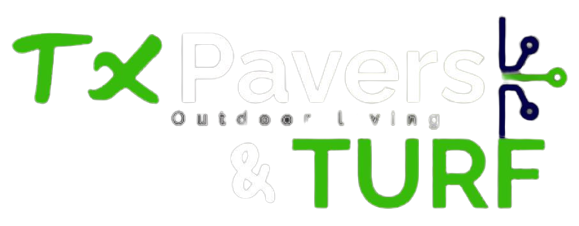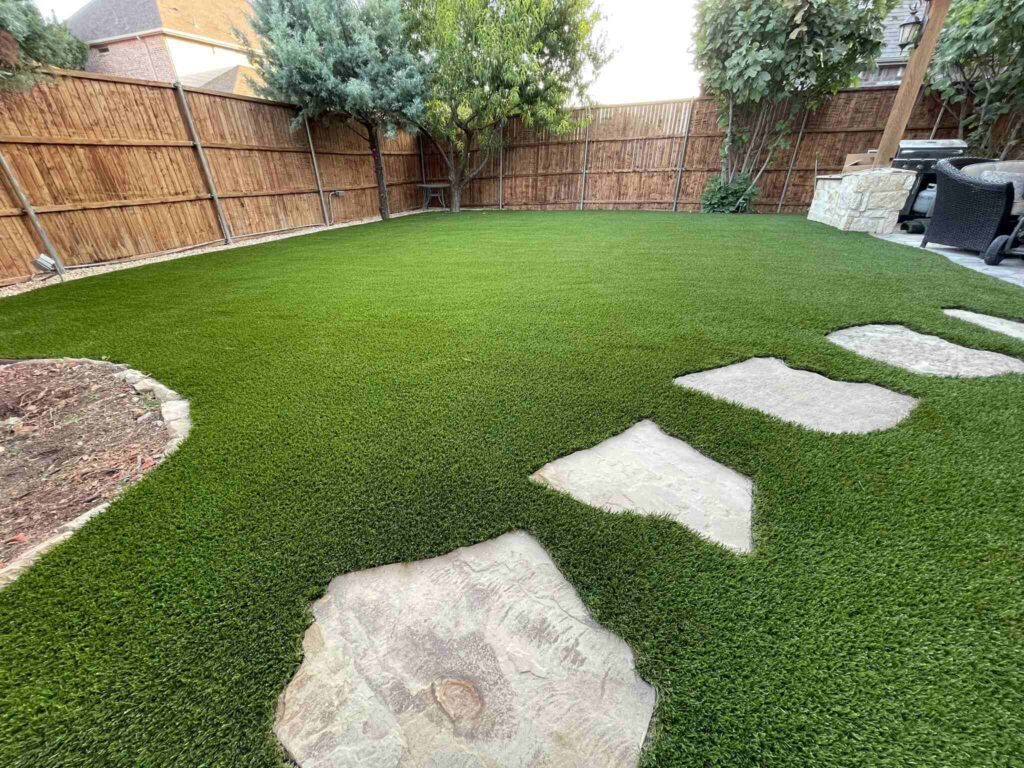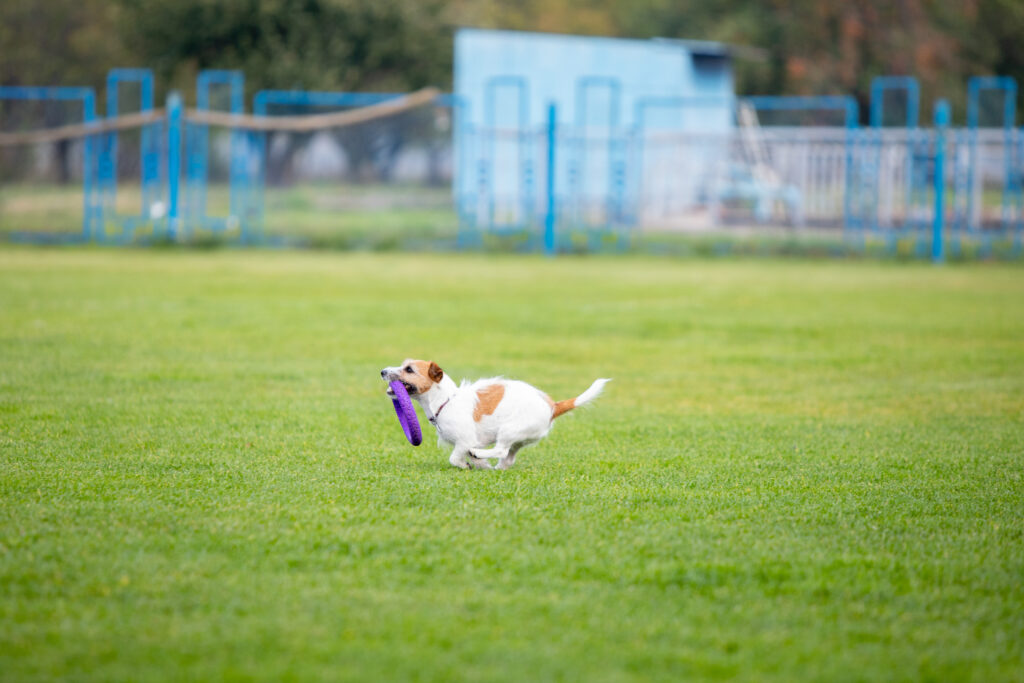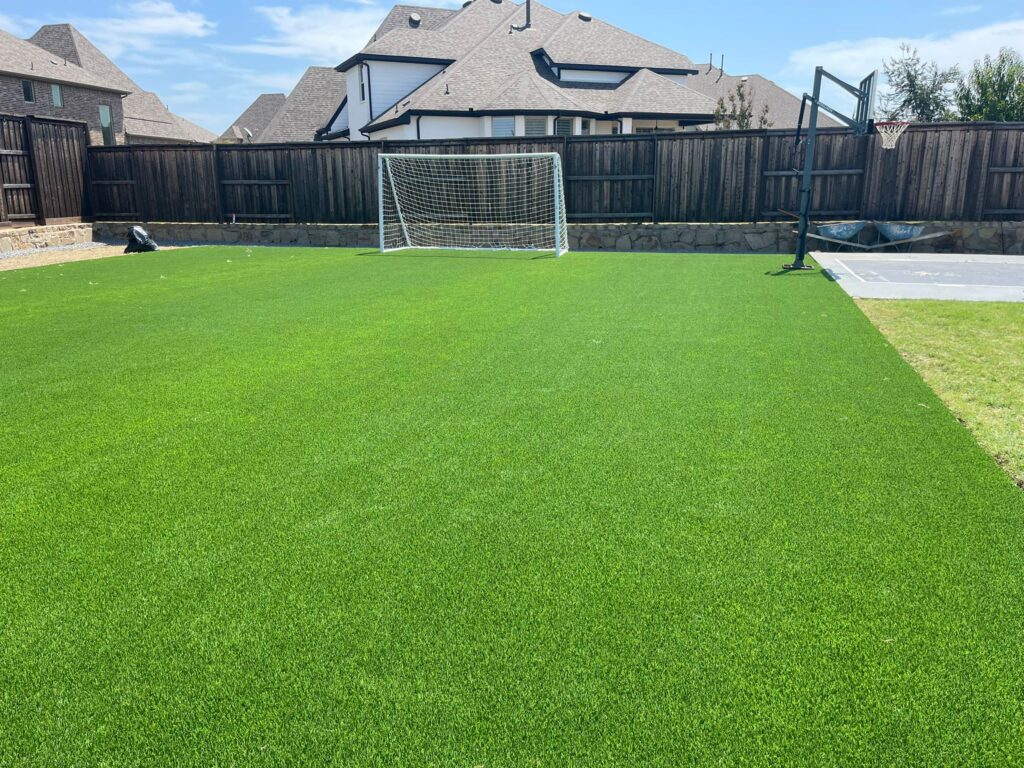how long will artificial turf last?
Artificial turf can last between 10 to 20 years with proper care and maintenance, making it a long-lasting investment for homeowners and businesses alike. The longevity of artificial grass is influenced by various factors, including quality, usage, climate conditions, and maintenance routine. Higher-quality turfs often feature UV-resistant fibers that prevent fading and degradation under sunlight while also resisting wear from heavy foot traffic.
Can you put artificial turf on concrete?
Yes, you can put artificial turf on concrete! In fact, installing artificial turf over a solid surface like concrete can provide numerous benefits while enhancing your outdoor spaces. This setup not only creates a vibrant green area free from mud and pests but also offers an easy-to-maintain landscape that looks perfect year-round without the hassle of traditional grass.
Can you lay artificial turf on concrete?
Yes, you can lay artificial turf on concrete, but there are crucial considerations to ensure optimal results. One of the key benefits of installing synthetic grass over concrete is the instant transformation it brings to any outdoor space; it’s perfect for patios, balconies, or rooftop gardens seeking a lush appearance without extensive landscaping.
How much infill for artificial turf
The amount of infill used for artificial turf typically ranges from 1 to 2 inches, depending on the type of turf and its intended use. The right infill not only enhances the aesthetic appeal by giving a more natural look but also improves stability and performance, especially in high-traffic areas. Using quality materials like rubber or sand can create a comfortable surface that mimics real grass while providing adequate drainage.
Where to find artificial grass in Texas
For those searching for artificial grass in Texas, TX Pavers and Turf offers an impressive selection at just $7 per square foot, accompanied by innovative 3D design capabilities. This makes your landscaping vision not only affordable but also visually compelling, combining both practicality and aesthetics.
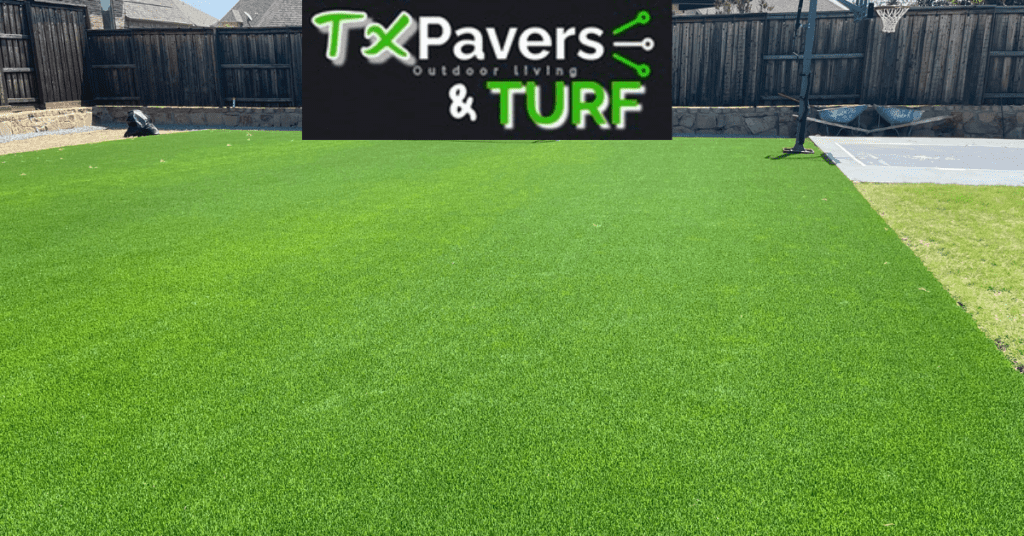
When considering the installation of artificial turf, it’s important to evaluate the diverse applications beyond just residential lawns—think playgrounds, sports fields, or even commercial spaces. The advancements in 3D design technology allow potential buyers to visualize different layouts and styles before committing. This process not only ensures satisfaction with the final product but also enhances creativity in landscape design.
Moreover, investing in high-quality artificial grass contributes to environmental sustainability by reducing water consumption and maintenance costs over time. As more Texan homeowners explore eco-friendly options for outdoor spaces, the transition to synthetic turf represents a progressive step toward greener living.
How to keep artificial turf cool?
To keep artificial turf cool, you can employ a variety of strategies including the use of shade structures and specialized infill materials. One innovative solution gaining traction is the incorporation of cooling technologies directly into the turf system; these involve reflective fibers that help reduce heat absorption significantly.
Regular maintenance also plays a key role in temperature management. By ensuring proper airflow through routine grooming and raking, you can help dissipate heat buildup more effectively. Additionally, watering your turf occasionally with cool water can provide immediate relief on those sweltering days and enhance the overall longevity of your investment.
As you explore how long artificial turf will last, remember that climate control directly impacts durability as well. Implementing smart cooling strategies not only enhances comfort but also sustains the aesthetic appeal and lifespan of your turf, making it a wise choice for both residential gardens and commercial spaces alike.
How to clean artificial turf for dogs
Cleaning artificial turf for dogs is essential to maintain both its longevity and hygiene. Begin by regularly removing solid waste with a pooper scooper or a biodegradable bag, making this part of your routine just like any other outdoor task. For liquid stains, simply hosing down the area will do wonders; however, using a diluted white vinegar solution can help neutralize odors and deter pets from returning to the same spot.
To effectively eliminate bacteria and prevent deep penetration into the turf, consider investing in enzymatic cleaners designed specifically for pet messes. These products not only sanitize but also break down odor-causing compounds more efficiently than traditional cleaning methods. Additionally, brushing the fibers with an artificial turf rake helps revive their appearance; regular grooming redistributes infill and keeps that vibrant green look intact.
Can you drive on artificial turf, how long will artificial turf last?
No, you cannot drive on artificial turf without causing damage. While it may seem tempting to use this durable surfacing for a makeshift parking area or a path for vehicles, the realities of weight distribution and surface integrity come into play. Driving over artificial turf can lead to unsightly ruts, crushed fibers, and even compromised drainage—the very elements designed to enhance your outdoor experience.
Consider the longevity of your investment in artificial turf; typically lasting 15-20 years with proper care, its resilience shines through in recreational spaces but falters when faced with excessive vehicle weight. Instead of opting for a vehicle-friendly surface on lawns or fields covered in synthetic grass, think about creating separate access paths made from concrete or gravel that provide durability while preserving the pristine condition of your turf. This not only protects your original investment but enhances the overall aesthetic appeal of the space.
Can you vacuum artificial turf?
Yes, you can vacuum artificial turf! Regular maintenance is key to ensuring that your synthetic lawn remains vibrant and functional for years to come. Using a vacuum designed specifically for artificial turf can help remove debris like leaves and dirt that can accumulate over time, keeping the blades standing tall and enhancing drainage.
Is artificial turf ADA-compliant
Yes, artificial turf can be ADA-compliant when it is installed and maintained according to specific guidelines. One of the primary considerations is ensuring that the surface is firm, stable, and slip-resistant, making it accessible for all users, including those with disabilities. The installation must also adhere to proper slope and drainage requirements to prevent puddling or uneven surfaces that could pose hazards.
The choice of materials plays a crucial role in compliance. Not all artificial turfs are created equal; they must be tested for accessibility standards related to their texture and height. Engaging experienced professionals who understand ADA requirements is essential in creating spaces that not only look appealing but also function correctly for everyone. As communities continue to invest in inclusive recreational areas, understanding how artificial turf meets these standards can foster more welcoming environments where physical activity is accessible to all members of society.
Is artificial turf permeable?
Yes, artificial turf can be designed to be permeable. The advancements in turf technology have led to the development of specialized backing systems that allow water to flow through, minimizing the risk of pooling and promoting efficient drainage. This permeability feature not only enhances the performance during heavy rain but also supports environmental sustainability by reducing runoff and promoting groundwater recharge.
Opting for permeable artificial turf means investing in a surface that accommodates both playability and ecological health. Facilities are increasingly recognizing the importance of multifunctional landscapes, where aesthetics meet functionality; these turfs play a crucial role. Imagine hosting a summer soccer league where players enjoy their matches without the worry about muddy patches or waterlogged fields – all thanks to innovative design choices in turf technology.
Incorporating permeable artificial grass can help mitigate urban heat island effects commonly seen with traditional surfaces. This leads not only to cooler surroundings but also fosters an inviting atmosphere for community events or family gatherings. In today’s world, choosing permeable options goes beyond simple practicality—it reflects an informed decision towards greener living while enhancing recreational spaces for everyone!
